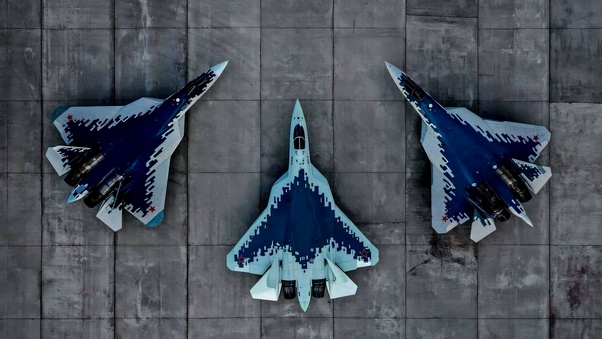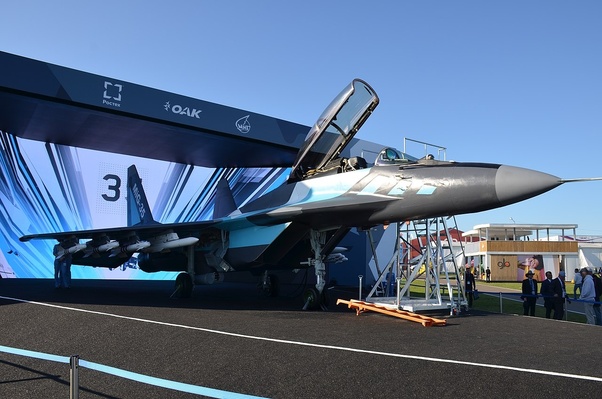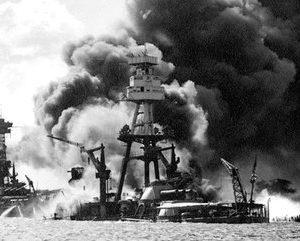
Yes, that’s generally true. However, it might not be for the reasons you’re thinking.
Russian fighters are very maneuverable and can carry powerful ordnance. Many of them have good legs too. However, that’s not all there is to modern air combat.
If you take a MiG-29 for example, even the relatively new K models used by Indian and Russian Naval Aviation, the big problem is they’re not using very current avionics. The ‘big’ upgrades they have are multifunction displays (a.k.a. a ‘glass cockpit’) and the slightly improved Zhuk-ME radar (a PESA set). This is comparable to stuff that the US has put in its jets since… about 40 years ago.
The newer MiG-35 (a MiG-29 variant) in theory can mount the more advanced Zhuk-AE, but it doesn’t have it equipped in production models to date. So, you can call it ‘fitted for, but not with.’

MiG-35 at an airshow
The newer Sukhoi models like Su-30/35 are basically in the same boat. They still use PESA radars, which while they’re not bad for PESA sets… they’re just plain not as good as the AESA radars used in most US jets. Even a lot of older in-service American aircraft like the F-16 Block 50/52 now have AESA radar and upgraded systems.
Electronic systems, particularly the radar and radar processing, are extremely important in modern air combat. With a mediocre radar, it doesn’t matter if your plane has incredible agility or a powerful weapons loadout – you’d be toast vs. someone with better radar. Modern missiles are extremely lethal and typically, whoever acquires and shoots first is going to win.
An interesting observation has been made by Ukrainian pilots who’ve obviously got a lot of hours on early mark MiG-29 and now early mark, albeit upgraded, F-16A.
The comment was that it was like going from a Nokia to an iPhone transitioning from one to the other.
The Garmin handheld GPS units taped to Russian aircraft canopy rails seems to reinforce that picture of avionics disadvantage.
The flight characteristics and pure aerodynamic handling qualities of the Soviet era designs I’ve seen commented on with great admiration by a number of western pilots. There was recently an interesting report of how a Ukrainian Su27 pilot viewed the edge the Russian jet would have over an F-16 in a turning fight. Power does bring advantages and two engines versus one is hard to argue.
Likely then the battle between the two, in that example, comes down to who can get the fight on his terms. The F-16 probably wants to use his range advantage, especially if he’s carrying later mark AIM-120, and the Russian is trying to mess up the RF picture to dodge radar missiles and get in close fast. Whoever succeeds first likely wins.






